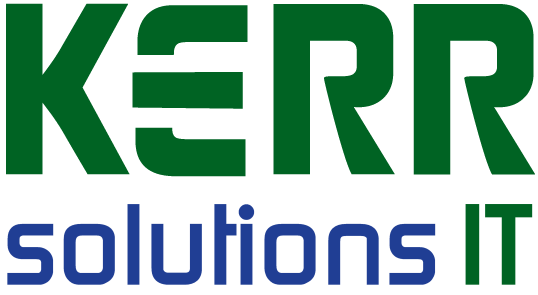SSD v’s HDD: Which is Better?
Fresh back from 2 weeks off, today’s article will be about breathing new life into old PC’s with the use of a Solid State Drive (SSD). This is a device that can totally replace the traditional mechanical Hard Disk Drive (HDD) that still powers the majority of laptop and desktop PC’s that are in use today.
HDD’s have been a mainstream product in personal computers for well over 20 years and their performance and capacity has increased in leaps and bounds in that time. In the year 1999 the average HDD was around 2GB in capacity. Now the average is 1000GB or simply stated as 1TB. We even have 10TB and 12TB HDD’s available and they are still the same physical size.
Not only have these incredible capacity increases come about, but also similar increases in the speed of which information can be written (recorded) onto these devices and read from these devices. So why should we look at SSD’s as an alternative? The answer is for further improvements in both spend and reliability.

The duty of a HDD or SSD in a computer is to house all the operating system files, software program files and user files. It is for this reason that the reliability of these devices is so important. If your HDD dies, then you have lost all the above files and it is right at this point that you would appreciate the importance of a good backup system.
HDD’s are largely a mechanical device with 2 or 3 electronic motors, small bearings, positioning systems and writing/reading heads. In short, a modern HDD is a marvel of modern engineering, however there is a lot that can go wrong. SSD’s have now also been around in the general marketplace since 2006.
SSD’s are simply made up of electronic memory chips without any moving parts or motors. As a result, the modern SSD is 10 times more reliable than a HDD – but they are also literally 10 times faster at writing and reading information. This last parameter is where you can breathe new life into an old PC.
As mentioned earlier the vast majority of desktop and laptop PC’s in use today still have a mechanical HDD. Except in budget PC’s that use a low powered CPU (see our website for CPU related articles) the HDD is often one of the main performance bottlenecks. In fact, we often see very slow 3 or even 4-year-old PC’s with decent CPU’s that would run brilliantly with an SSD installed.
So how would you know if this is you? Again, look at previous articles about CPU power and look up the benchmark rating of your processor at www.cpubenchmark.net or bring your PC in to see us. If you are achieving a benchmark of around 3000 then your PC should run Windows 10 with enough speed and efficiency to entirely satisfy the average user.
The next vital point is that this article also coincides with a large drop in SSD prices around the world. As of 2 days ago our suppliers have all dropped SSD prices around 20% so they have become an even more affordable alternative to traditional HDD.
Next week we will look at how to best deploy a new SSD into an existing PC.
Future Byte Me topics can be emailed to [email protected] and Bruce is contactable at Kerr Solutions, 205 Musgrave Street or on 49 222 400.
For more advice and assistance from Kerr Solutions, like and follow us on Facebook
